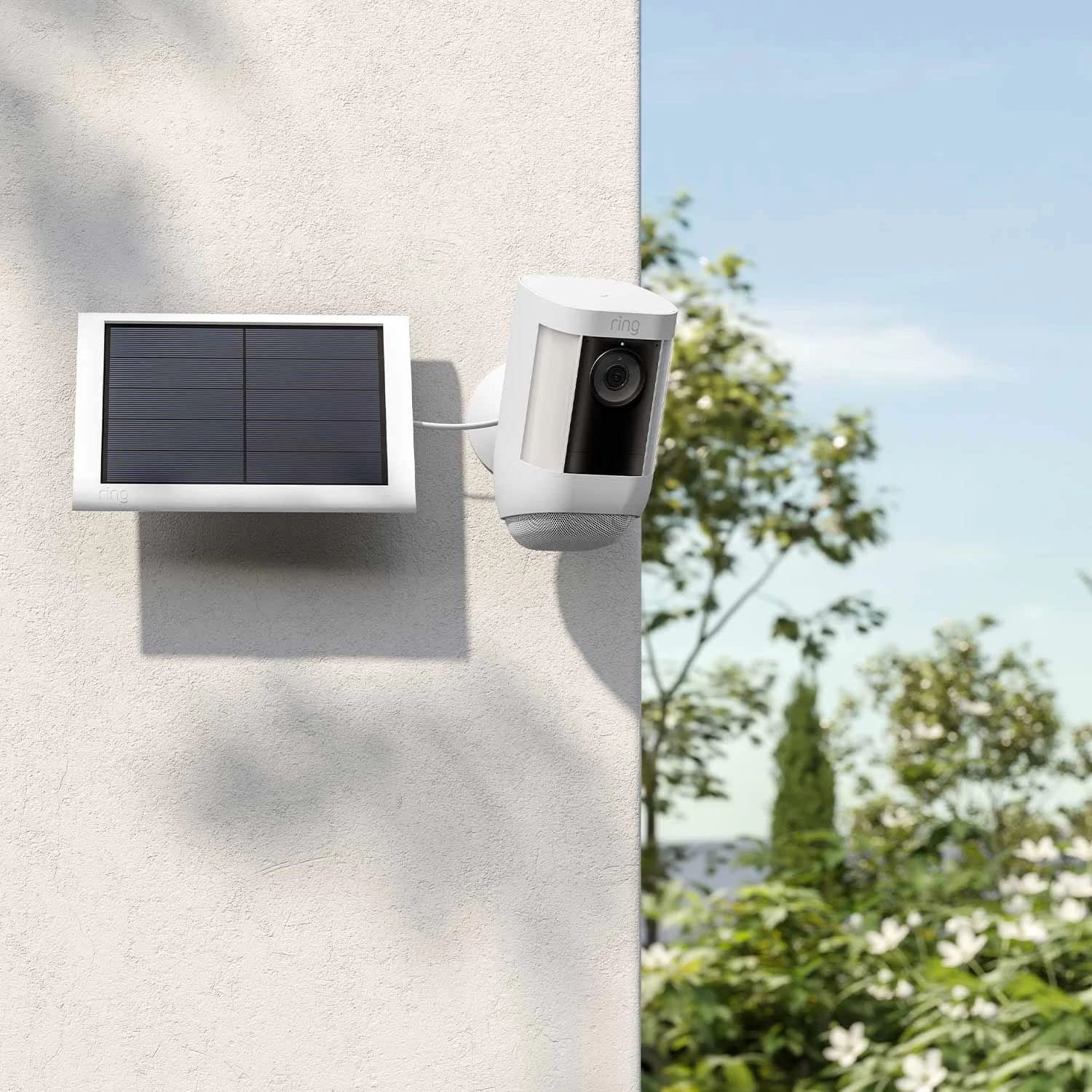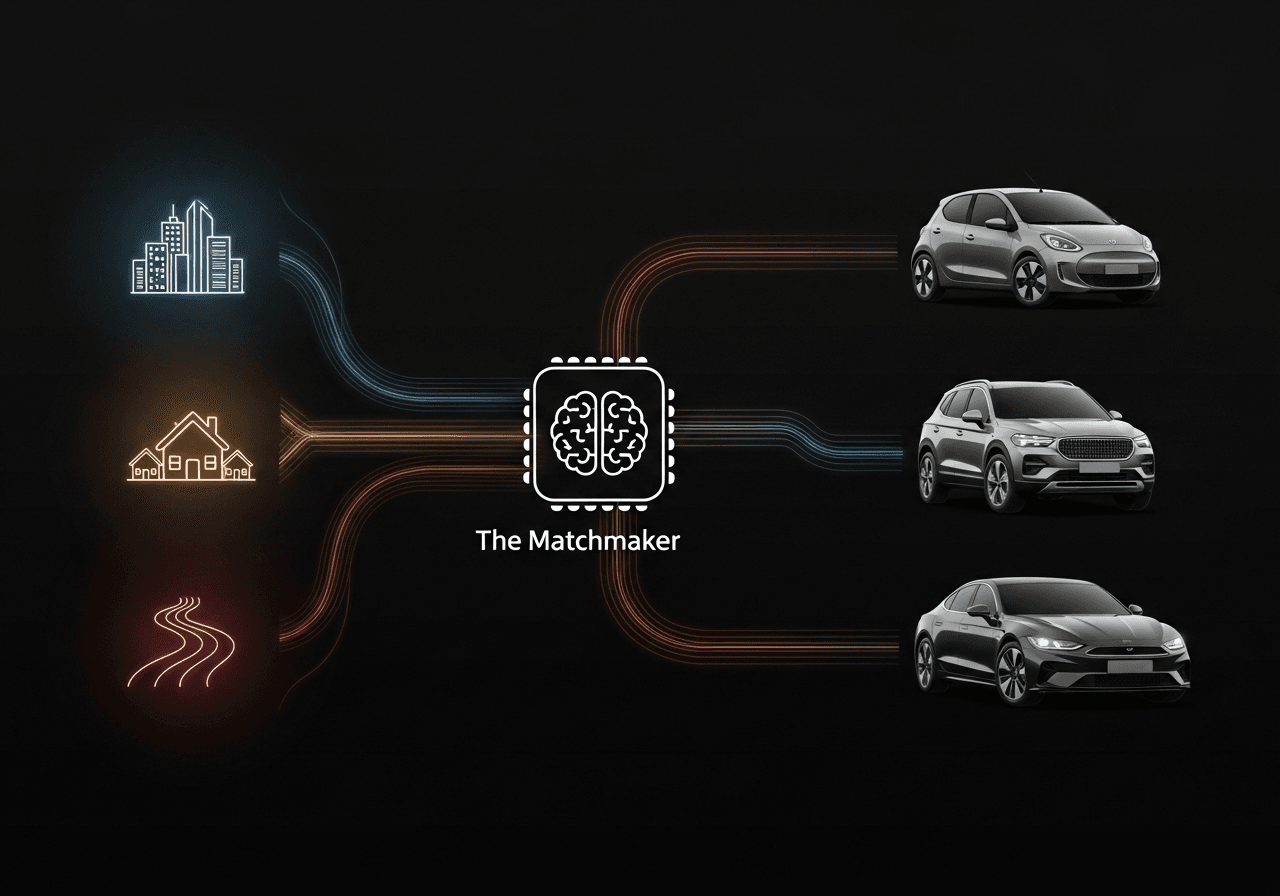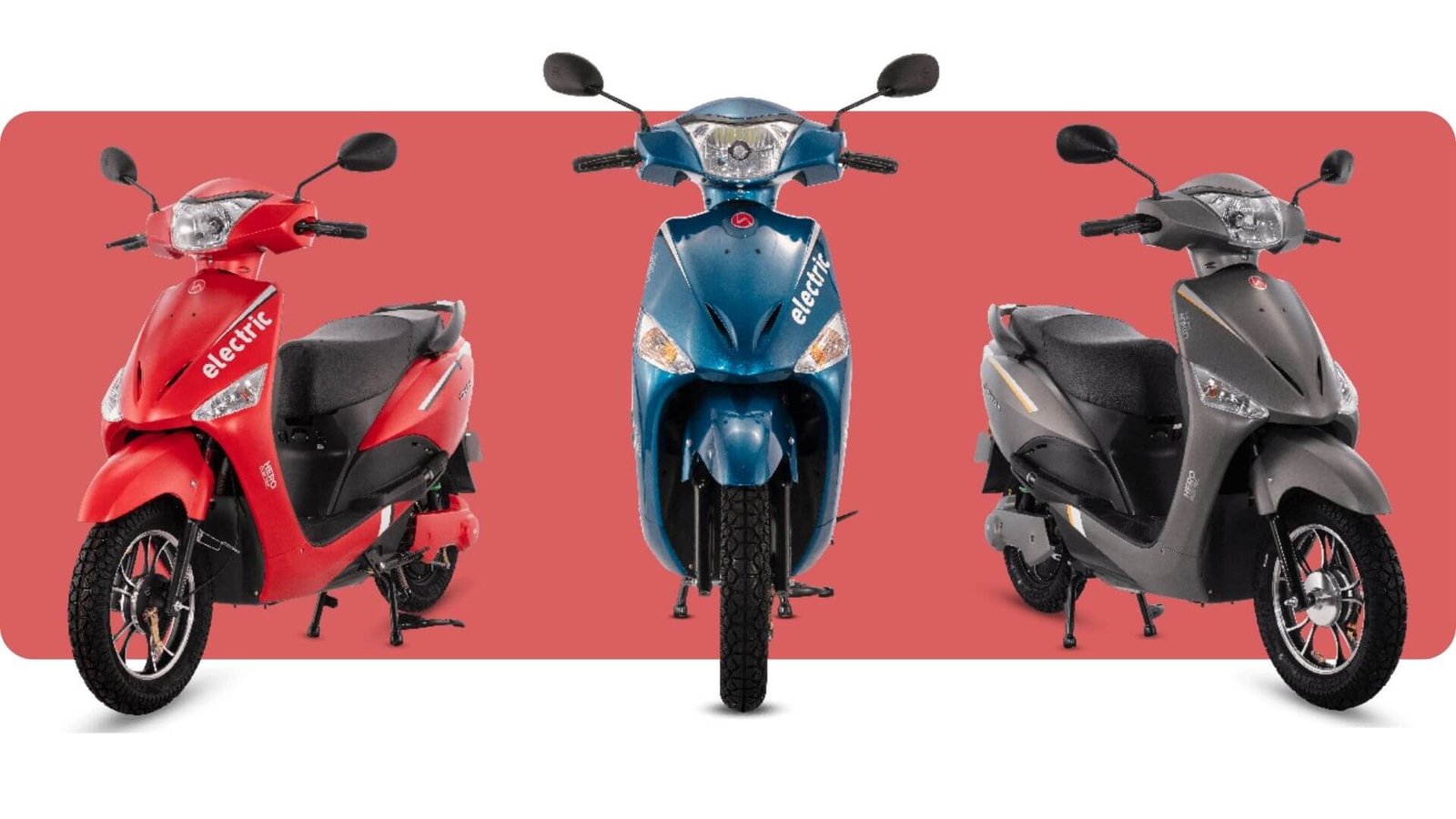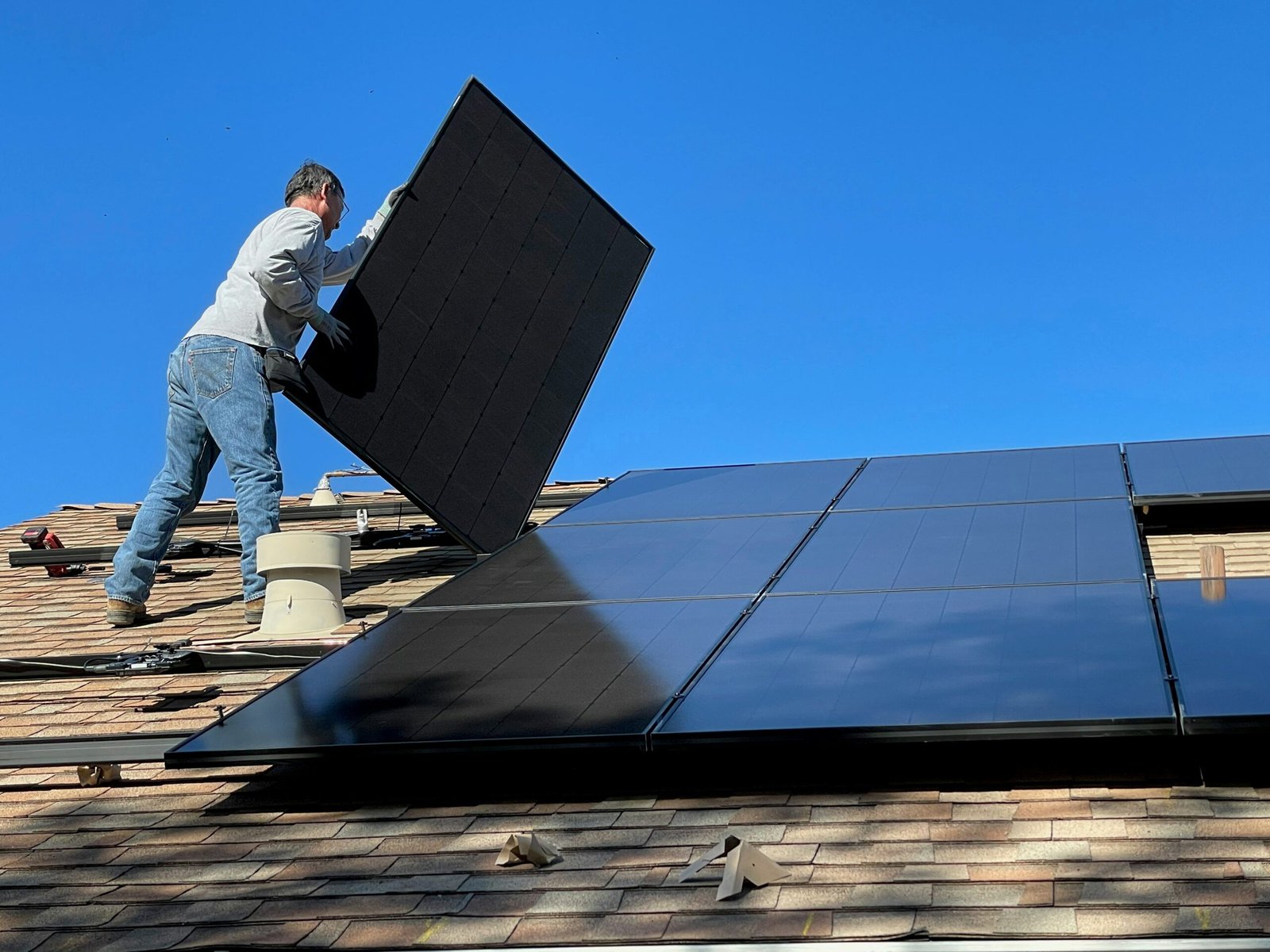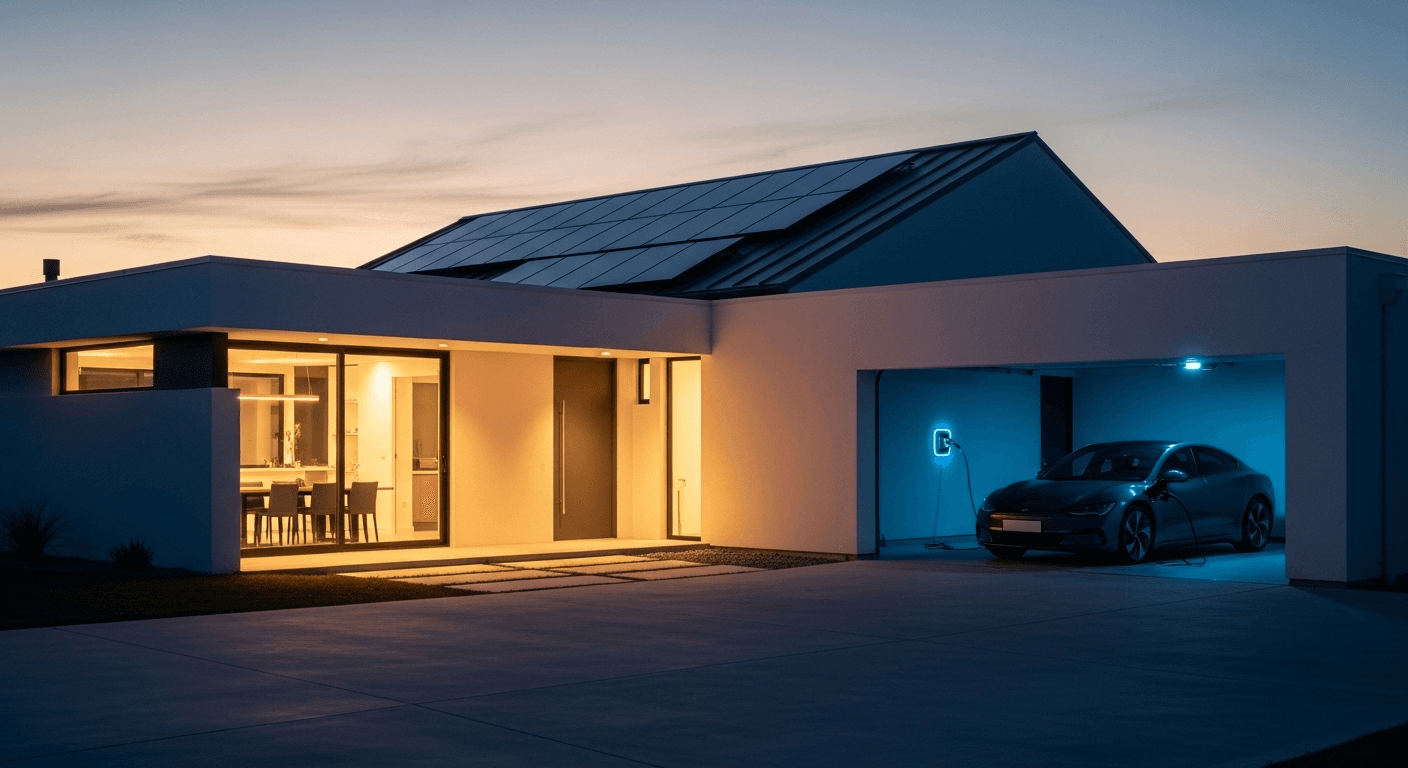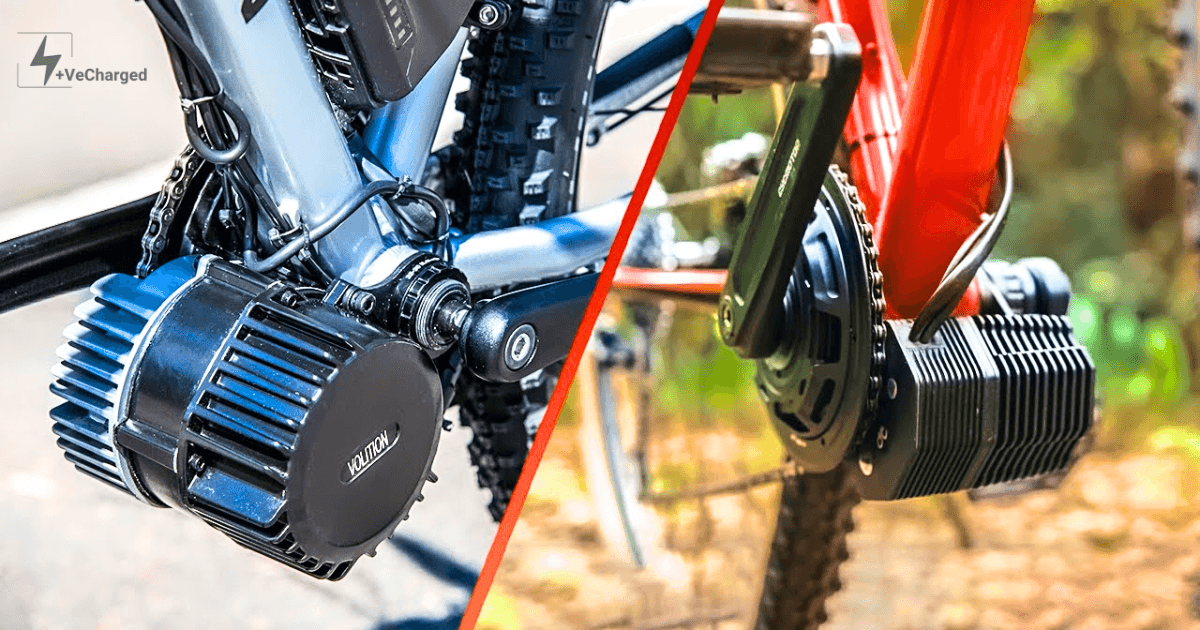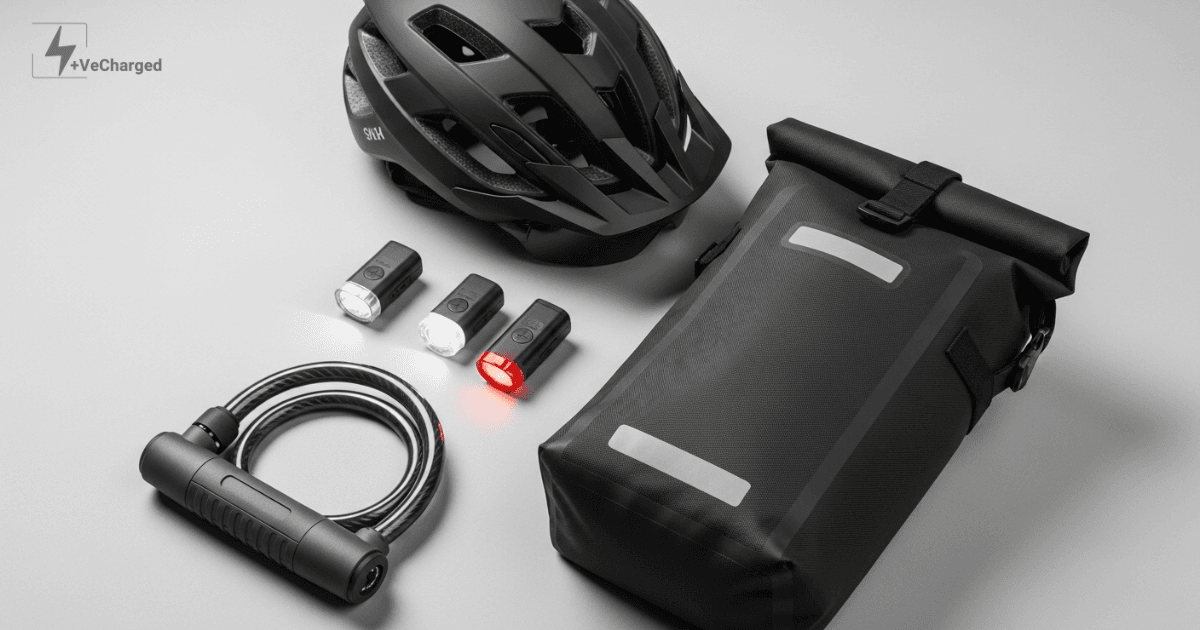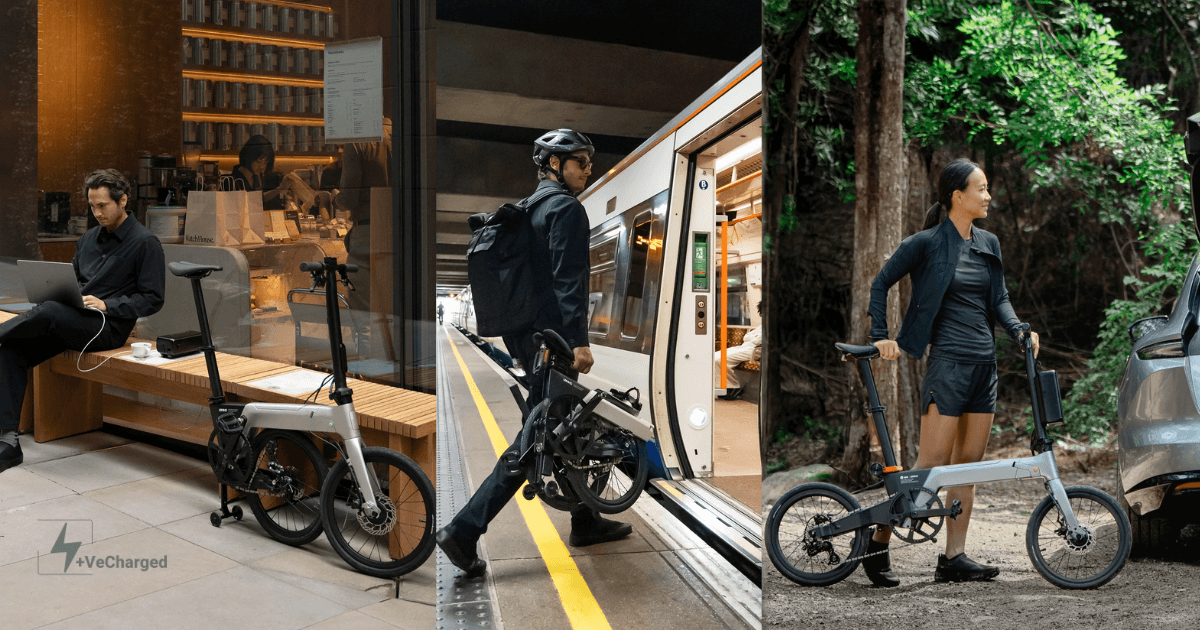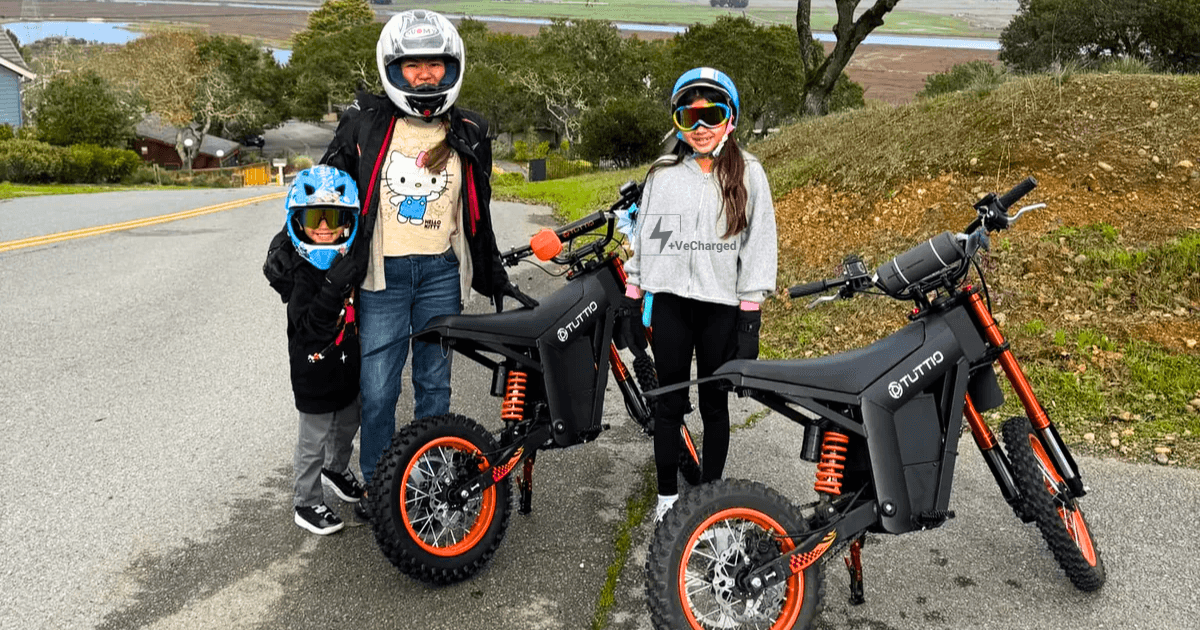The Bottom Line: A solar panel is an essential, transformative upgrade for any battery-powered Ring device. For guaranteed compatibility and the best weather sealing, Ring’s official 4W Solar Panels are the benchmark. However, for users seeking more placement flexibility and value, leading third-party options from brands like Wasserstein offer more power and longer cables for a lower price, provided you meticulously match the panel’s connector to your specific Ring model.
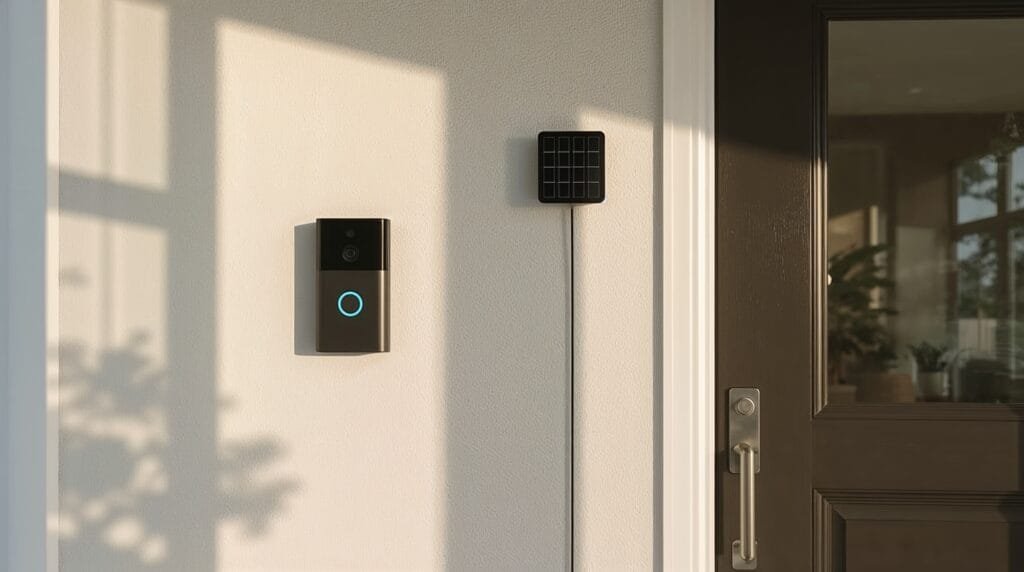
The Problem: Your Smart Home’s Annoying Little Secret
You invested in a Ring security system for peace of mind. You have a crystal-clear view of your front door, your driveway, and your backyard. But this cutting-edge security comes with a surprisingly low-tech frustration: batteries.
That “low battery” notification is the Achilles’ heel of an otherwise brilliant system. It means dragging out the ladder, fiddling with tiny screws, and bringing your camera or doorbell inside to charge for hours, leaving your home unprotected. It’s an annoying chore that directly undermines the “set-it-and-forget-it” promise of smart security. Fortunately, there is a simple, elegant, and permanent solution: solar power.
How It Works: Your Own Personal Power Plant
A solar panel for a security camera is a miniature version of the system you might install on your roof. It’s a simple but brilliant ecosystem designed to trickle-charge your device’s internal battery, ensuring it stays topped up indefinitely.
The Three Key Components:
- The Solar Panel: A small photovoltaic (PV) panel, typically between 3 and 5 watts, that converts sunlight into DC electricity.
- The Cable: A long, weather-resistant cable that runs from the panel to your device.
- The Connector: This is the most critical part. It’s the plug at the end of the cable that fits into your Ring device’s charging port.
The process is simple: The panel captures sunlight and sends a steady, low-voltage charge through the cable to your Ring device. This constant trickle-charge is enough to offset the power consumed by daily operations (recording motion, live view, etc.), meaning your battery level effectively stays at or near 100% without you ever having to touch it.
The Connector Conundrum: Matching Panel to Device
Before you look at any other feature, you must identify the correct connector for your device. Buying a panel with the wrong plug is the most common and frustrating mistake.
- Barrel Plug (Coaxial DC Power Connector): Used by most older Ring devices that rely on the Quick Release Battery Pack.
- Models: Video Doorbell 3, Video Doorbell 4, Stick Up Cam Battery, Spotlight Cam Battery.
- Fork Connector: Used exclusively by the original Ring Video Doorbell (1st Gen). This panel connects to the screw terminals on the back.
- USB-C: Used by newer, premium Ring devices.
- Models: Spotlight Cam Pro, Spotlight Cam Plus.
- Micro USB: Used by some indoor/outdoor cameras.
- Models: Stick Up Cam (2nd and 3rd Gen) when used with a specific weather-resistant adapter.
Actionable Advice: Before purchasing, physically check the charging port on the back of your Ring device or consult your original manual to confirm the connector type.
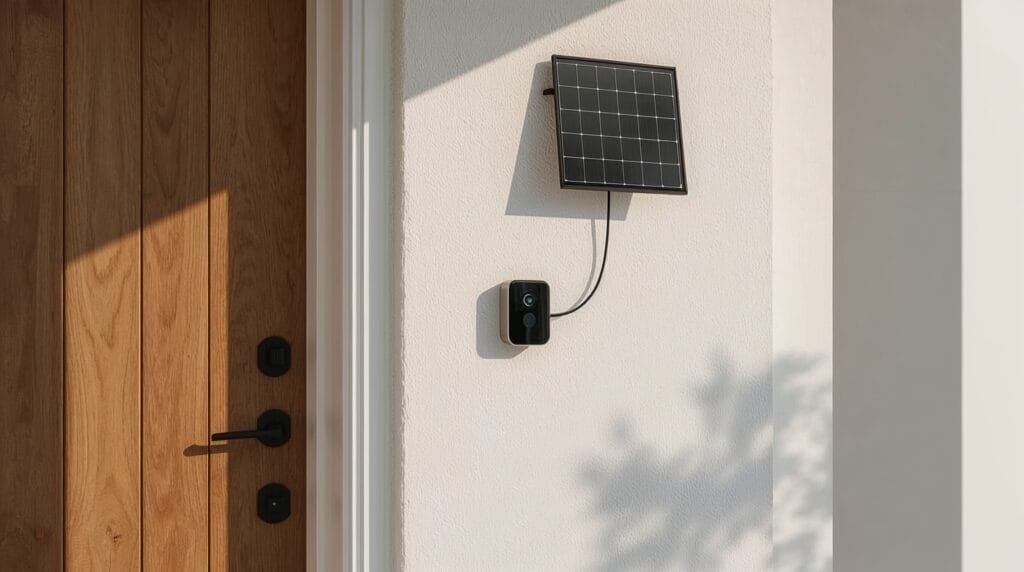
The Best Solar Panels for Ring Devices (2026)
With the correct connector identified, you can now compare the top options on the market.
Data-Driven Comparison: Official vs. Third-Party
| Feature | Ring Solar Panel (Official, USB-C/Barrel) | Wasserstein Solar Panel (Top 3rd Party) | Verdict |
| Power Output | 4W | 3.5W – 4W | ✅ Tie |
| Connector | Model-Specific (USB-C or Barrel) | Model-Specific (USB-C or Barrel) | ✅ Tie |
| Cable Length | 6.5 ft (2m) | 13.1 ft (4m) | 🏆 Wasserstein |
| Weather Sealing | Excellent (Proprietary Fit) | Very Good (Custom Gaskets) | 🏆 Ring |
| Price | ~$60 | ~$35 – $45 | 🏆 Wasserstein |
Analysis:
The market has matured significantly. While Ring’s official panel was once the only choice, the performance gap has closed. Ring’s primary advantage is its perfect, purpose-built weather seal, offering the best possible protection against moisture. However, reputable third-party brands like Wasserstein now offer comparable power output and superior value, with the much longer cable being a significant practical advantage for optimal panel placement.
Beyond Ring: A Universal Solar Panel Buying Checklist
The principles for choosing a solar panel are universal across all smart home brands (Arlo, Blink, Wyze, Eufy). If you are buying a panel for any device, assess it against this checklist:
- Connector Compatibility: Does the plug physically and correctly fit your camera’s charging port? This is non-negotiable.
- Power Output (Wattage): Aim for at least 3.5W. Anything less may struggle to keep your device charged, especially during overcast winter months.
- Cable Length: Longer is almost always better. A longer cable gives you the flexibility to mount the panel on a sunny roof overhang while the camera is in a shadier location. Aim for at least 10 ft (3m).
- Mounting Hardware: Does it come with a secure, 360-degree adjustable mounting bracket? This is essential for angling the panel perfectly towards the sun.
Installation & Optimization: A 10-Minute Guide
- Location Scout: Before mounting, hold the panel in your desired location and observe its sun exposure throughout the day. Ensure it will receive at least 3-4 hours of direct sunlight, avoiding shadows from trees or rooflines.
- Mount Securely: Use the included bracket to mount the panel. Angle it to face south (if in the Northern Hemisphere).
- Run and Secure the Cable: Route the cable neatly to your device, using the included clips to secure it flush against the wall to prevent snagging.
- Confirm the Connection: Plug the connector firmly into your Ring device. Open the Ring app, go to your device’s “Device Health” screen, and verify that the “Power Source” is listed as “Solar.” This confirms it’s working before you put your ladder away.
The Verdict: A Must-Have Upgrade for a Truly Smart Home
A solar panel is the accessory that allows your Ring system to finally achieve its full “set-it-and-forget-it” potential. It transforms your smart camera from a high-tech device with a low-tech chore into a truly autonomous security tool. While Ring’s official panels offer a premium, guaranteed fit, the data shows that reputable third-party options now provide a compelling, and often superior, value proposition. By carefully matching the connector to your device and prioritizing a panel with sufficient
How many hours of direct sunlight does a Ring solar panel need?
+For optimal performance, Ring recommends that its solar panels receive at least 3 to 4 hours of direct sunlight per day. While the panel will still generate some power in overcast conditions, direct sun is necessary to provide enough charge to keep the battery topped up, especially for high-traffic cameras.
Will the solar panel charge the battery from 0% to 100%?
+No, the primary function of the solar panel is to act as a trickle charger, not a rapid charger. It is designed to keep a charged battery topped up by offsetting the power consumed daily. If your battery is completely dead, you should bring it inside and fully charge it with the included USB cable before reconnecting the solar panel.
Can I use a third-party solar panel with my Ring device?
+Yes, you can use third-party solar panels, and many are excellent. However, you must ensure two things: 1) The panel has a power output of at least 3.5 watts. 2) The connector on the panel’s cable perfectly matches the charging port on your specific Ring device model (e.g., Barrel Plug, USB-C). Using an incompatible panel can damage your device.
Does the Ring app show that the solar panel is working?
+Yes. After connecting the solar panel, go to your device in the Ring app and tap on “Device Health.” Under the “Power” section, the “Power Source” should be listed as “Solar.” You will also see a small sun icon next to the battery percentage on the main dashboard, indicating it’s receiving a solar charge.

